I am trying to understand the current and EMF relationships in a brushless motor. Can someone tell me if this explanation is correct? Specifically, I'm interested in what is happening as the rotor flux passes through the stator windings. I am also interested in the back-EMF waveform in relation to the rotor orientation.
Question 1: Here is a rotor and a stator. The south pole of the rotor is pointing into the stator. The flux from the rotor passes through the face of the stator coil.
As the rotor turns clockwise, the flux at the stator changes. The lines of flux are no longer perpendicular to the face of the coil, so the lines of flux decrease. As the flux decreases, a current is induced in the coil. The current produces a magnetic field which opposes the change of flux in the coil. At the same time, an EMF is also generated in the coil. The coil polarity is oriented such that the coil would generate the induced current in a closed circuit. Therefore, the coil acts as a generator.
Question 2: Is this the correct rotor orientation with respect to back-EMF? Is this the correct back-EMF amplitude for the angle of rotation.
Screenshot sites:
https://www.youtube.com/watch?v=teeMdFaykPE (motor screenshots)
https://www.electricalelibrary.com/en/2020/08/20/capacitance-and-inductance-more-information/
https://www.miniphysics.com/principles-of-electromagnetic-induction.html
